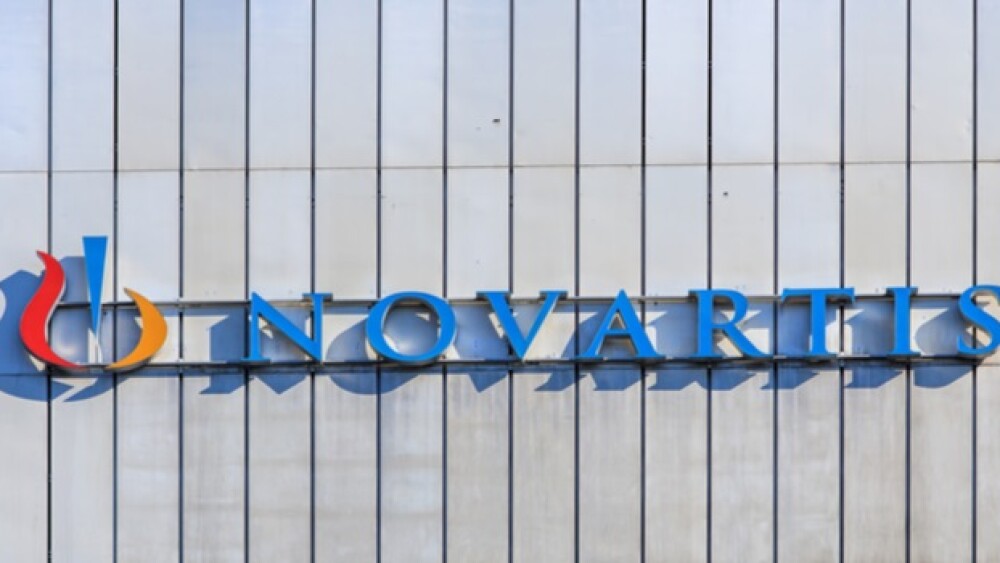Novartis Chief Executive Officer Vas Narasimhan is excited about the company’s progress through the first half of 2019 and expects that momentum to continue with a “catalyst-rich” second half of the year.
Denis Linine / Shutterstock.com
Novartis Chief Executive Officer Vas Narasimhan is excited about the company’s progress through the first half of 2019 and expects that momentum to continue with a “catalyst-rich” second half of the year.
During a conference call with reporters and analysts Thursday following the release of quarterly earnings, Narasimhan noted that over the past 18 months, Novartis has conducted more than $60 billion of transactions aimed at transforming the company and its future. Those investments, he said, are paying off and added that the innovation pipeline is “really kicking in,” according to a transcript of the call. During the earnings call, pointed to some of the regulatory successes the company had over the past quarter and expounded on the company’s ability to capitalize on them.
During the call, Narasimhan pointed to the company’s recently approved Zolgensma, a gene therapy for the treatment of spinal muscular atrophy. Since its May approval, Narasimhan said the company has seen a strong demand for the gene therapy, which has a list price of $2.1 million. Within two weeks of approval, Narasimhan said the first U.S. SMA patient was treated with Zolgensma and more are looking for the hoped-for one-and-done treatment for the disease. Narasimhan said there is excitement about the promise of Zolgensma in the SMA community.
Narasimhan also pointed to other advances the company made in its pipeline over the quarter, including approvals for breast cancer drug Piqray and multiple sclerosis drug Mayzent, as well as the acquisition of Takeda’s Xiidra, which he noted the company is prepared to “re-energize.”
There are things coming up for Novartis that could also show hints of the future. During the call, Tim Anderson from Wolfe Research, pointed to what he called the two most important readouts for the company this year -- PARAGON-HF and the QAW trials. Anderson said there are reasons to be cautious regarding those trials, due to past difficulties.
“So of those two programs, if you had to pick one with higher odds of success on delivering Phase III results that are positive, which would it be?” Anderson asked.
Novartis Chief Medical Officer John Tsai said if he had to provide a personal opinion, he believes the PARAGON trial “perhaps has a 0.01% chance higher likelihood of success.” The PARAGON-HF trial is testing heart drug Entresto as a potential treatment for heart failure with preserved ejection fraction (HFpEF). Data is expected later this year. If it hits, Entresto could become the first approved treatment for HFpEF. Tsai said Novartis has learned from past failures for this condition and has incorporated what it has learned into its new trial. The QAW trial is studying fevipiprant for the treatment of asthma. Tsai seems to be confident in the potential success of both trials, but noted that asthma is a “significant unmet medical need.” He said that beyond current inhalers, there’s really no oral treatments for the disease.
“If I had to pick one of the two, it (PARAGON-HF) might be slightly higher, but it would almost be on par,” Tsai said.





